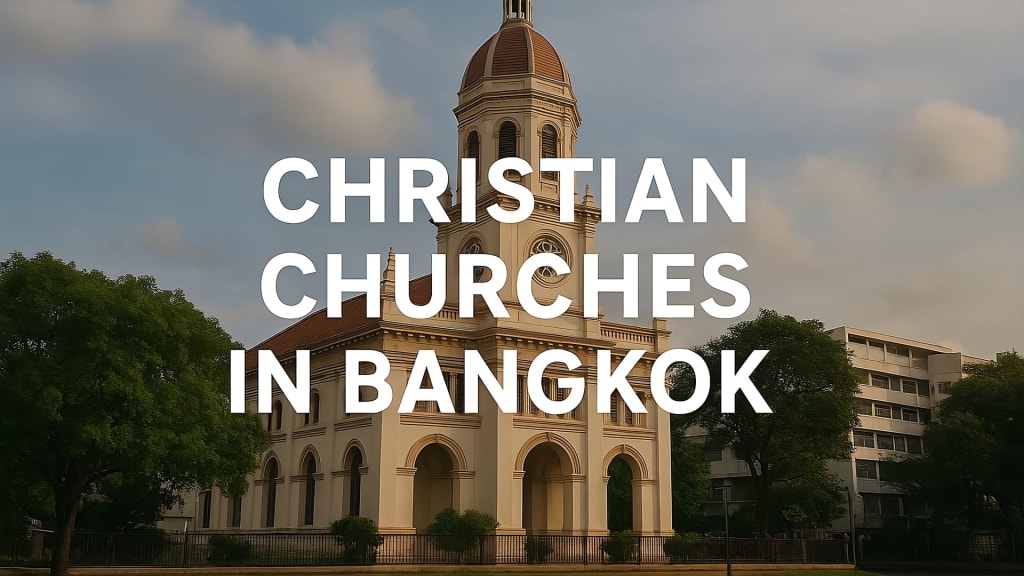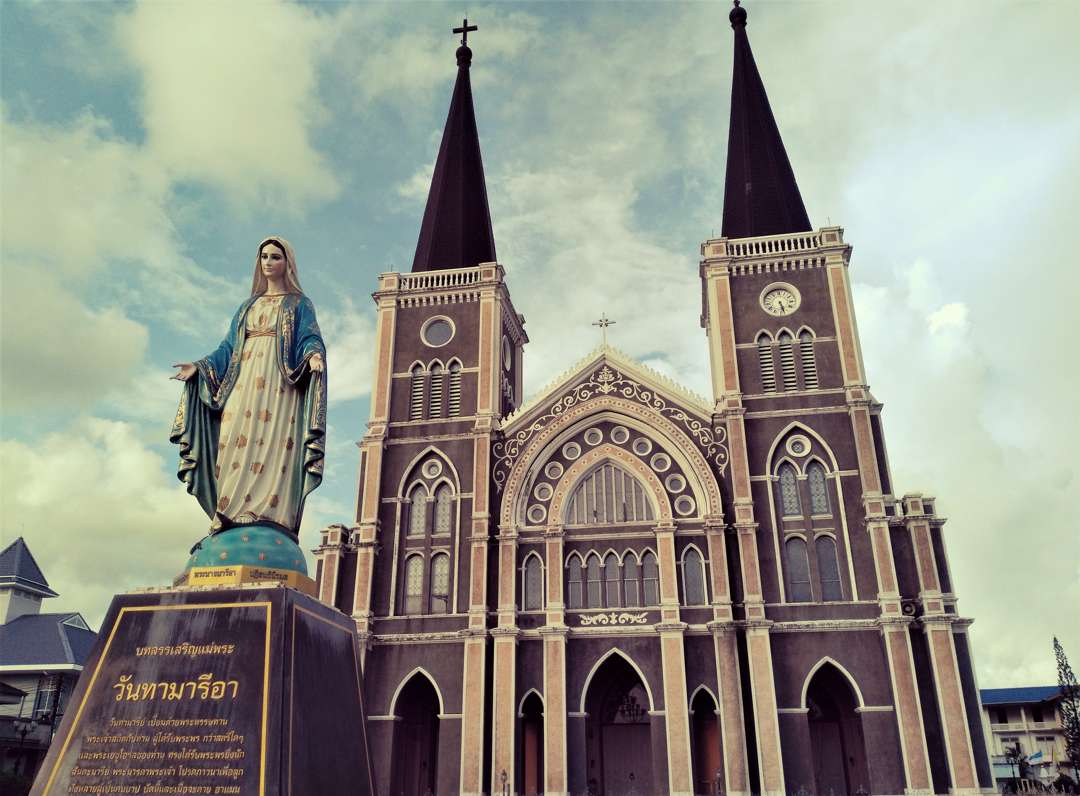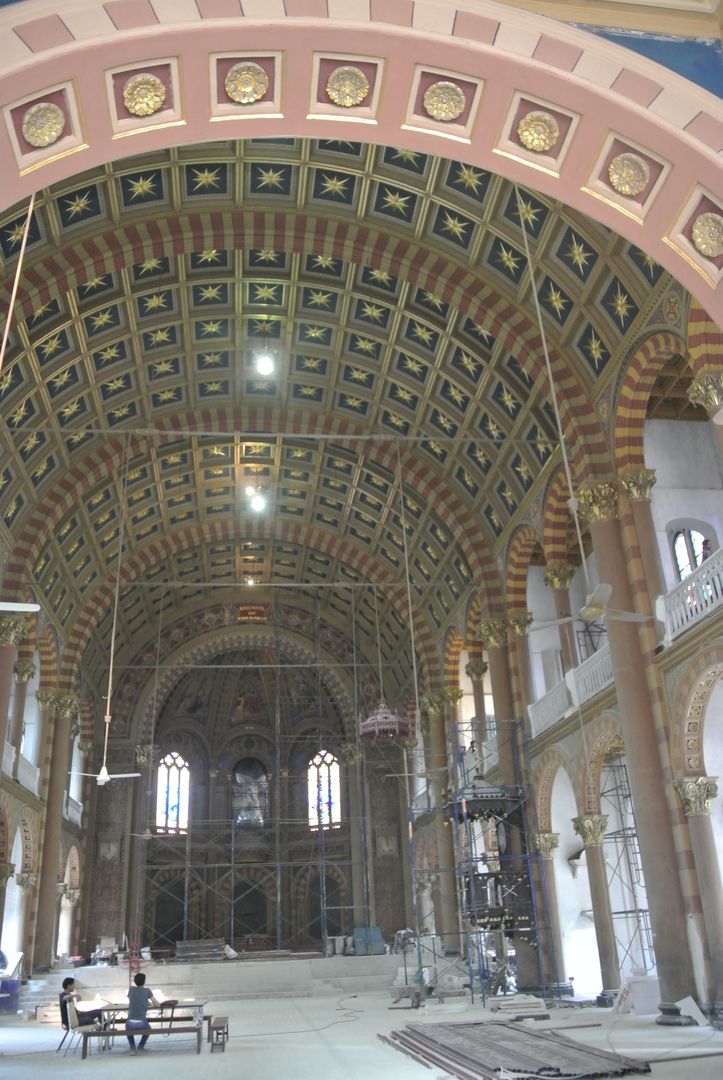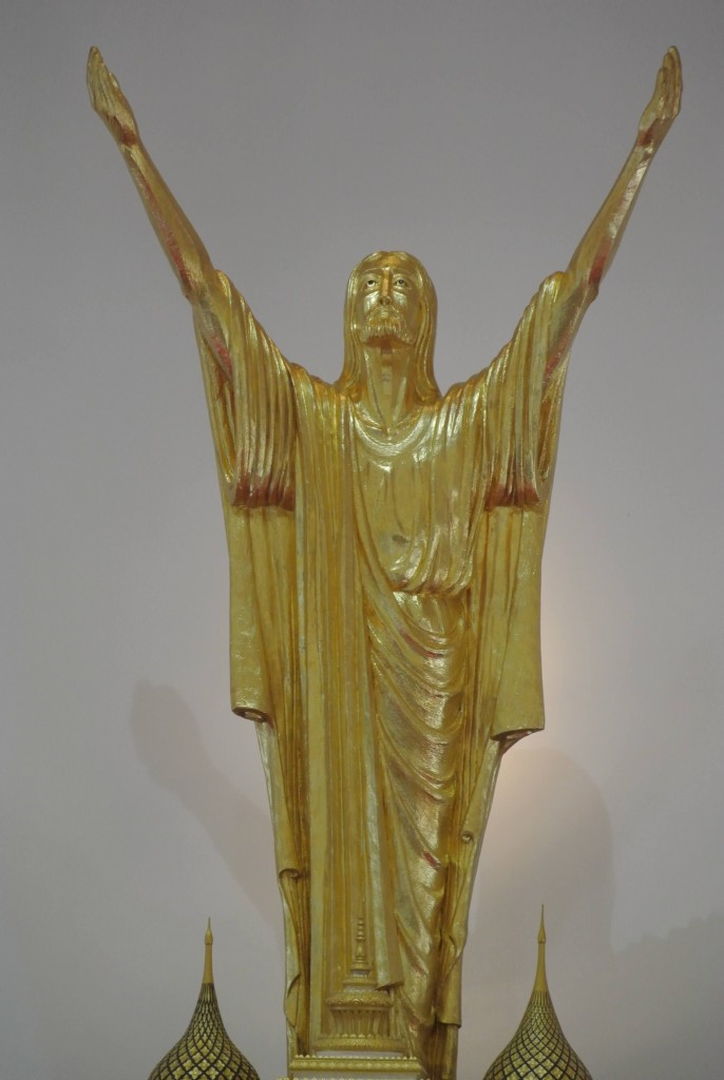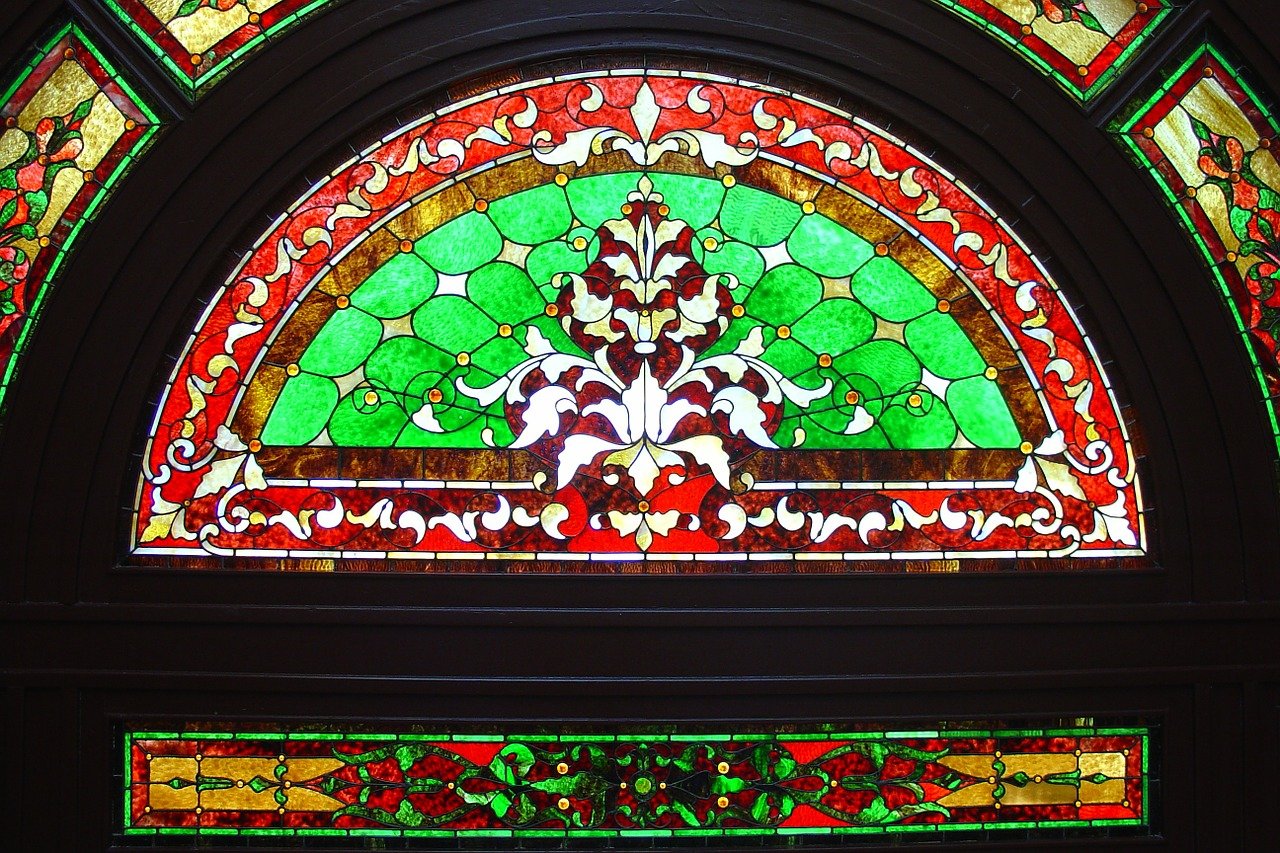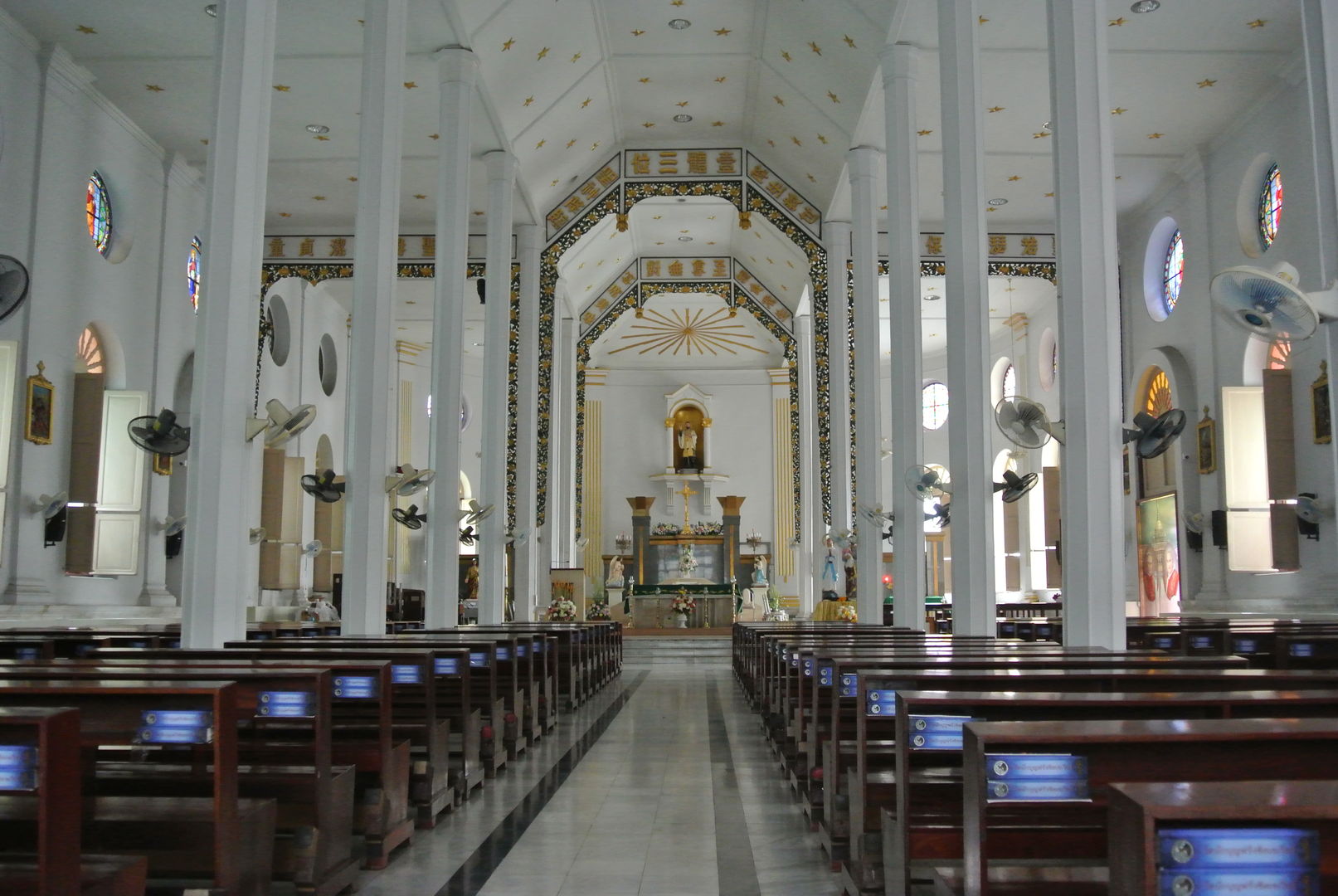
Christian Presence in Thailand: History, Sites and Cultural Heritage
Christianity has shaped Thailand for five centuries. From early missions to today’s communities, its legacy blends culture, education and architecture.
Christian Presence in Thailand: Historical Overview
Christianity reached the Kingdom of Siam in the early 16th century. Relations with Buddhism were largely peaceful, despite one troubled period. Catholic missionaries arrived first, followed shortly by Protestant missions, each pursuing the ambition to convert local populations. Their impact was significant, although results remained limited.
Today, Thailand counts around 500,000 Christians, a modest number compared with neighbouring Vietnam, which already had 600,000 converts by 1870.
Timeline of Christian Presence in Thailand
1550 – First Contacts
Catholic missionaries—mostly Portuguese—settle in Ayutthaya, establishing the first long-term Christian presence.
1785 – Growth of Urban Communities
Around Bangkok and Thonburi, organised Catholic communities emerge, including the Santa Cruz parish linked to the Portuguese diaspora.
Mid-19th Century – Arrival of Protestant Missions
Reformed and evangelical missions found schools, dispensaries and education networks, expanding Christianity beyond royal capitals.
20th Century – Expansion and Institutions
Christian schools, hospitals and social services become regional landmarks. Christianity spreads into some rural communities in the North.
2020–2024 – Contemporary Landscape
Recent estimates place the Christian population between 740,000 and 1,000,000 believers, or 1 to 1.8% of the national population, depending on the source.
Major Christian Sites in Thailand
Christian heritage sites are numerous but concentrated in major cities. Bangkok holds the richest collection of churches and historical buildings, though cities like Chanthaburi also preserve important Christian landmarks.
Christian Minority Communities in Thailand
In northern provinces, several ethnic groups adopted Christianity over recent decades. Among the Karen, Akha, Hmong, Lahu and Lisu, conversion often accompanied wider social change—literacy, schooling, and new forms of village leadership.
In these mountain areas, churches rarely replace local traditions. Instead, they coexist with seasonal rituals, ancestral practices and relationships with the forest. This grounded, modest form of Christianity illustrates adaptation rather than cultural erasure—a quiet history shaped by compromise and continuity.
Churches and Christian Places of Worship in Bangkok
Bangkok hosts numerous Christian places of worship. The first churches emerged between the Chao Phraya River and Silom district. With the arrival of Adventist communities, Christian sites gradually spread across the entire capital.
Learn More About Christian Heritage in Bangkok
FAQ: Christian Presence in Thailand
What is the origin of Christianity in Thailand?
Catholic missions arrived in the early 16th century, followed by Protestant missions in the 19th century.
How many Christians live in Thailand today?
Around 500,000 believers, representing less than 1% of the Thai population.
Where can you find the oldest churches in Thailand?
Along the Bangkok Riverside, especially near Santa Cruz Church and the Assumption Cathedral.
Which city outside Bangkok has significant Christian heritage?
Chanthaburi, home to the Cathedral of the Immaculate Conception.
Is Christianity officially recognised in Thailand?
Yes, it is one of the officially recognised religions and enjoys full freedom of worship.
